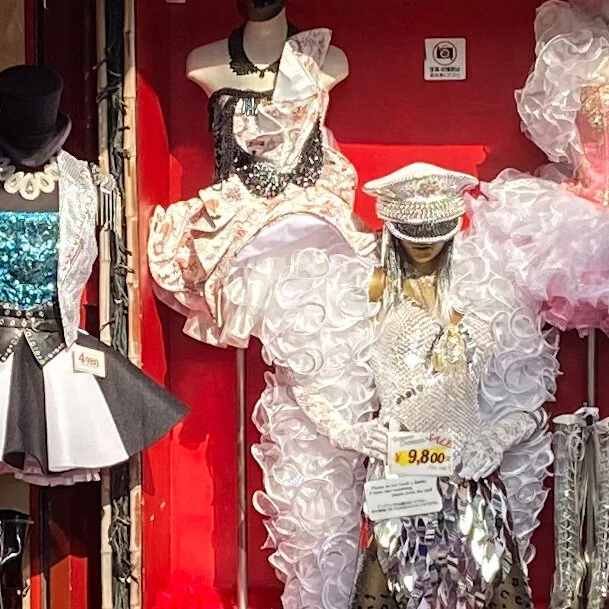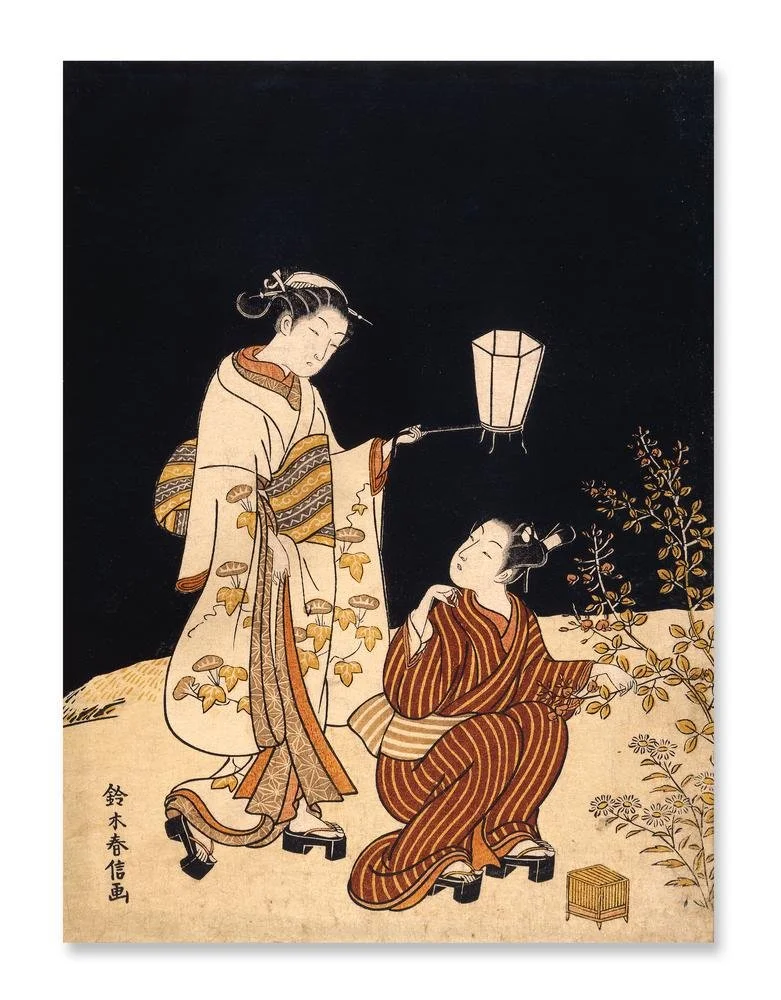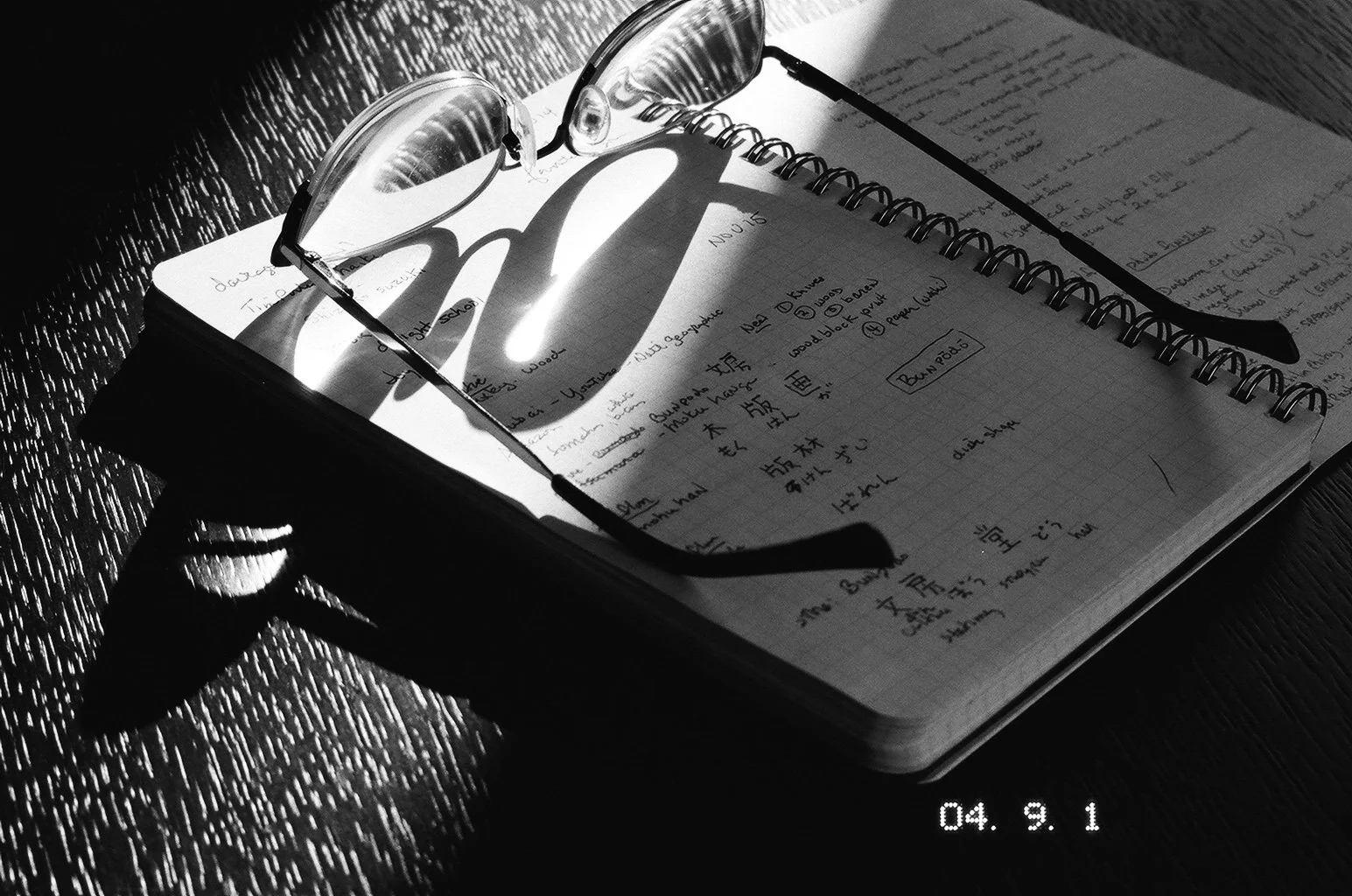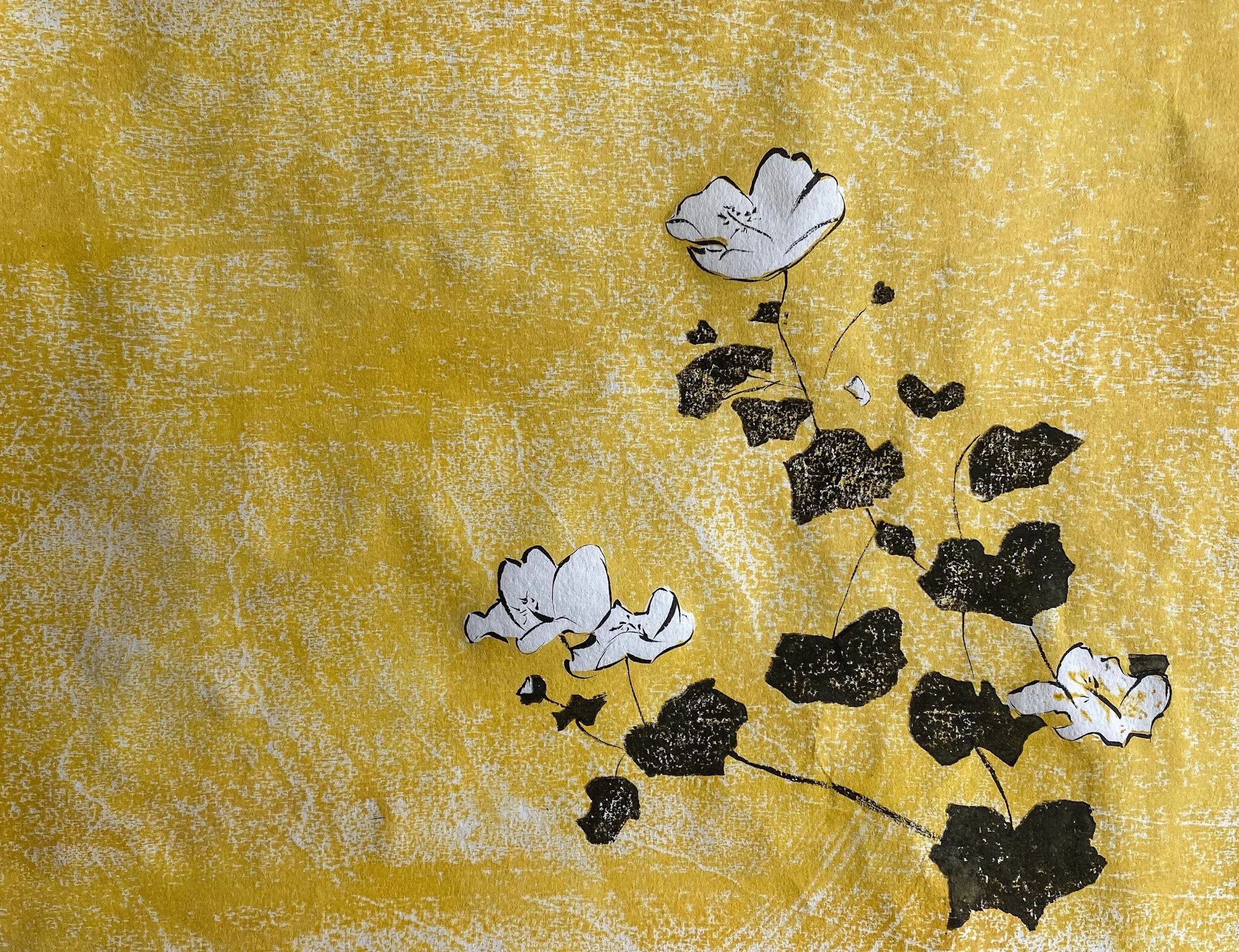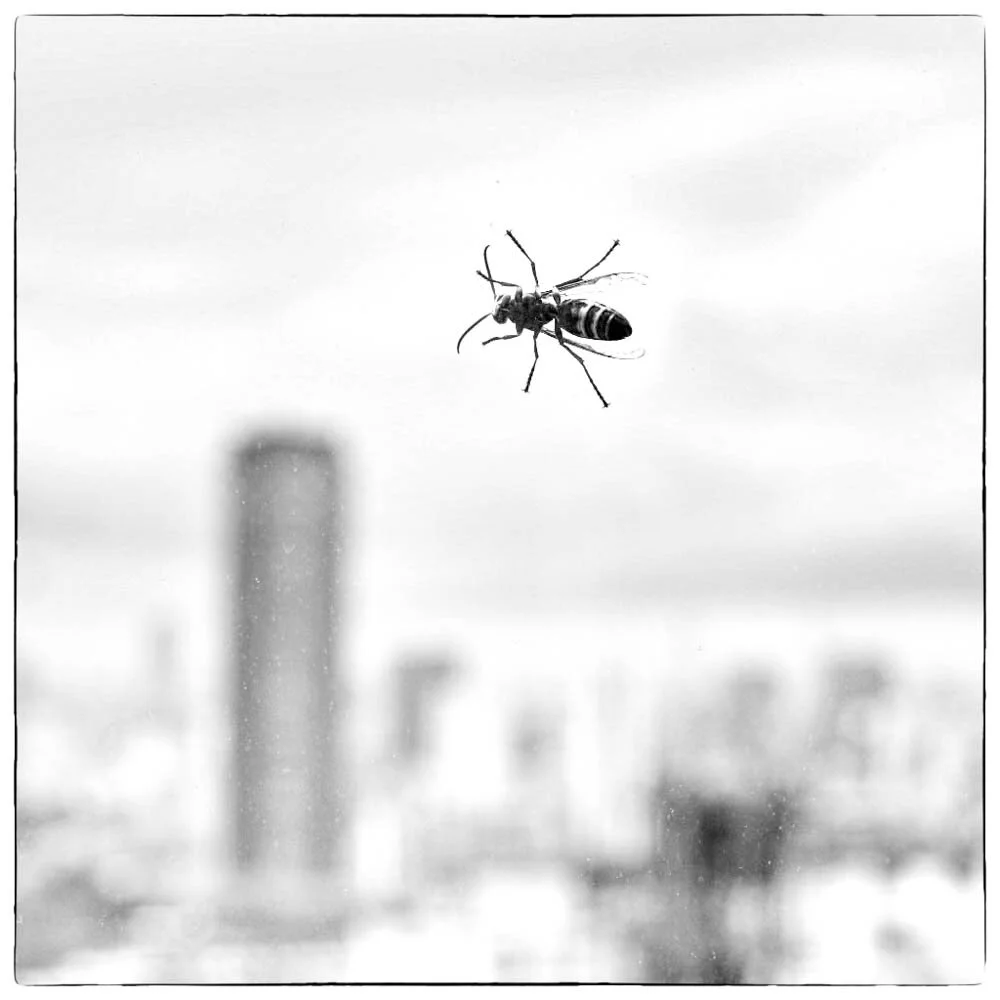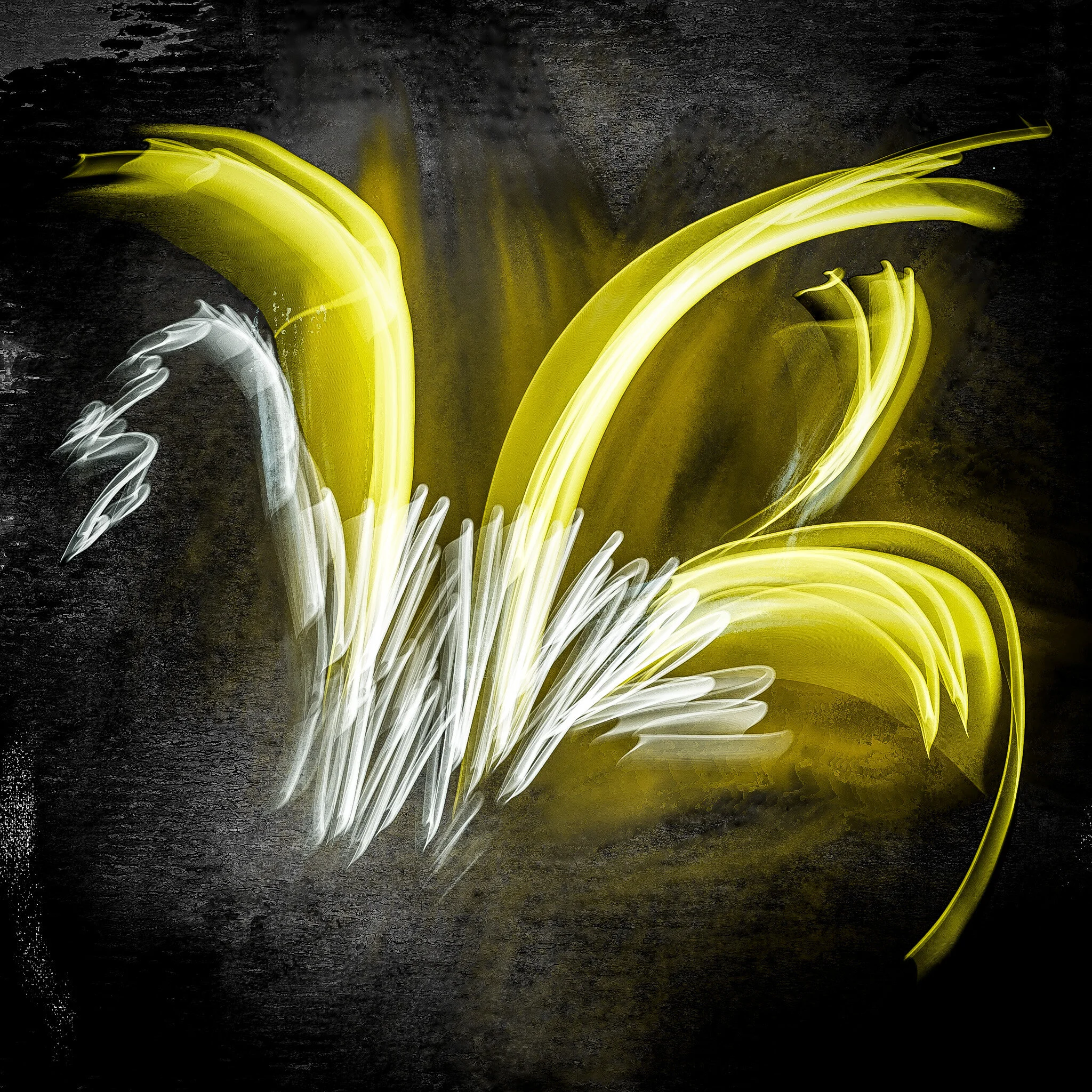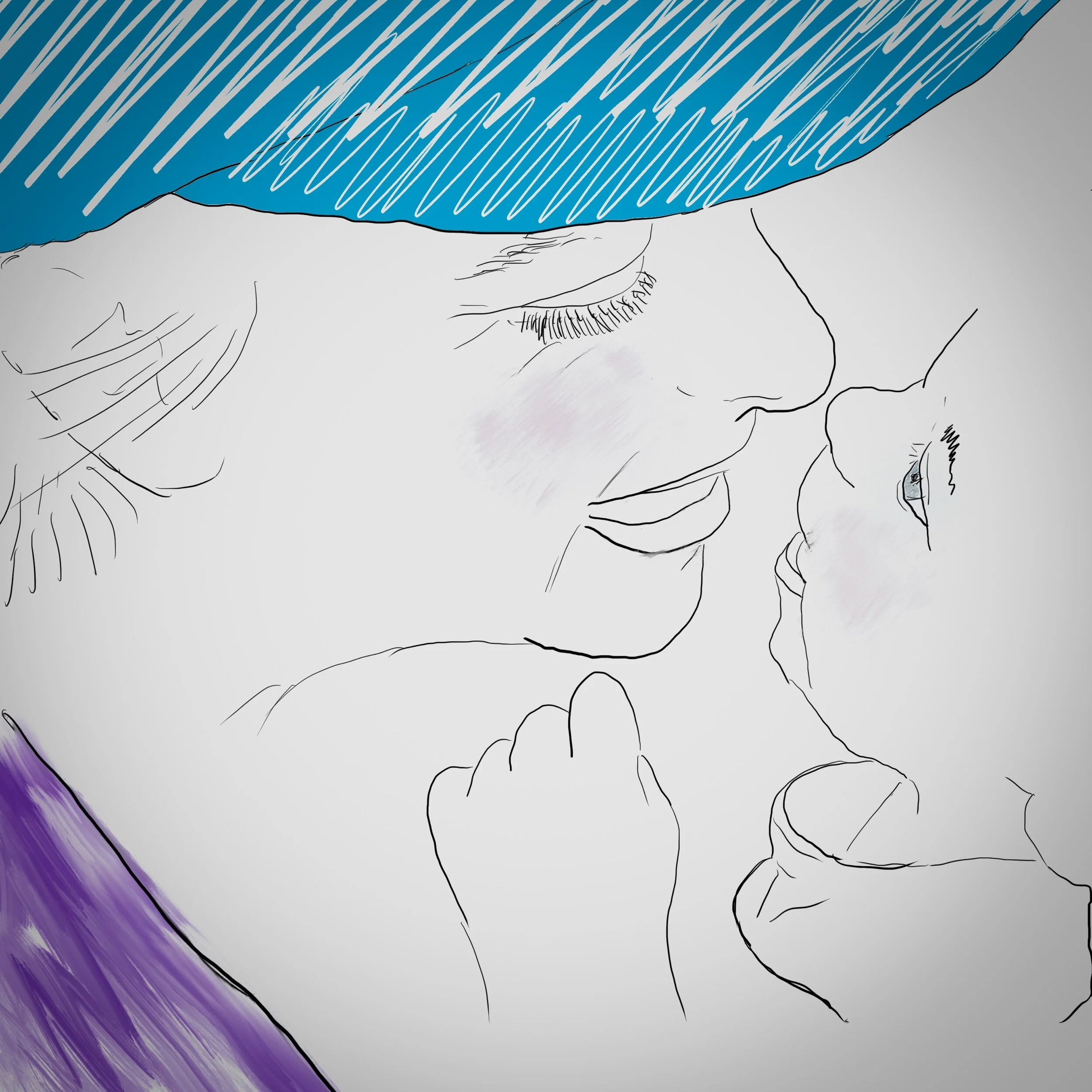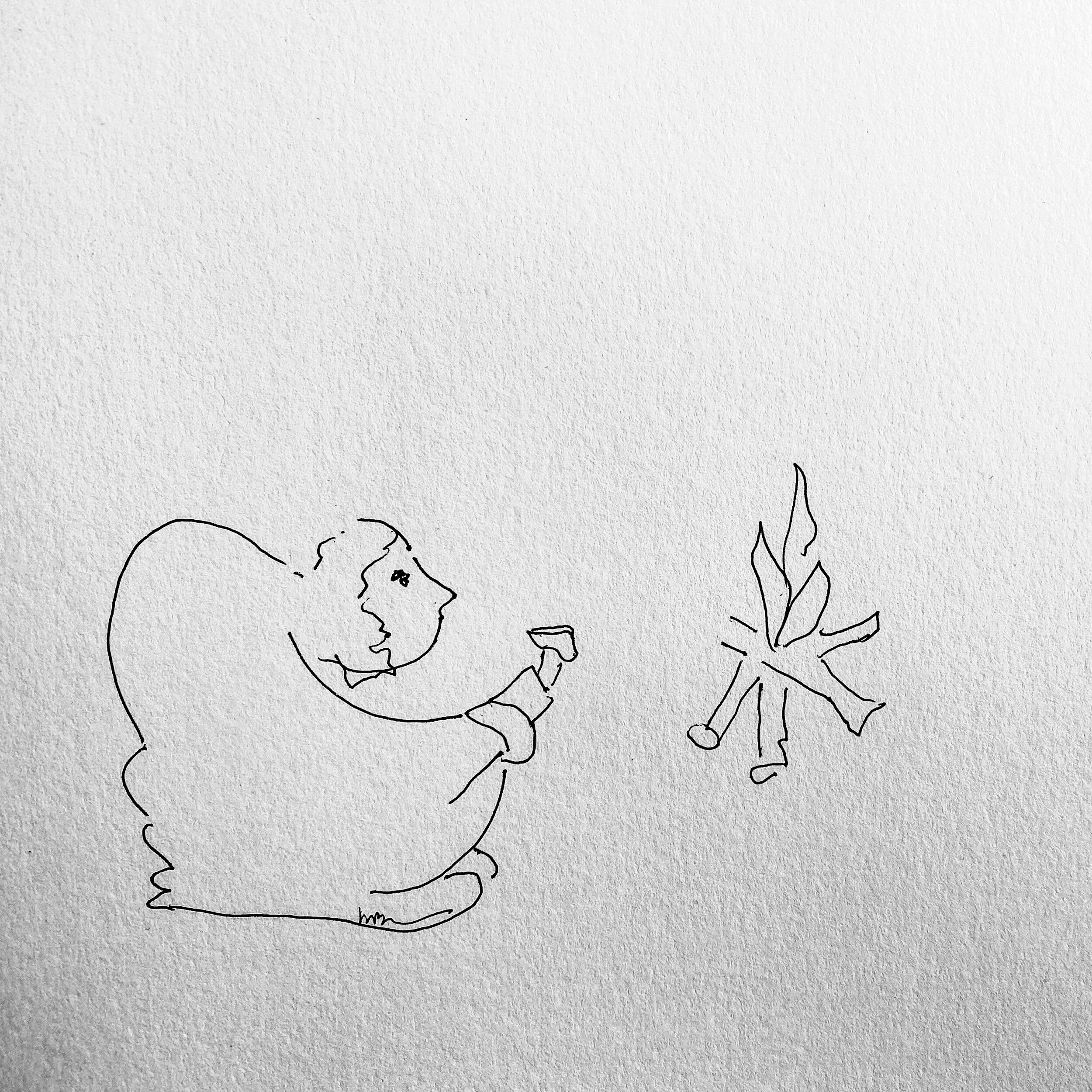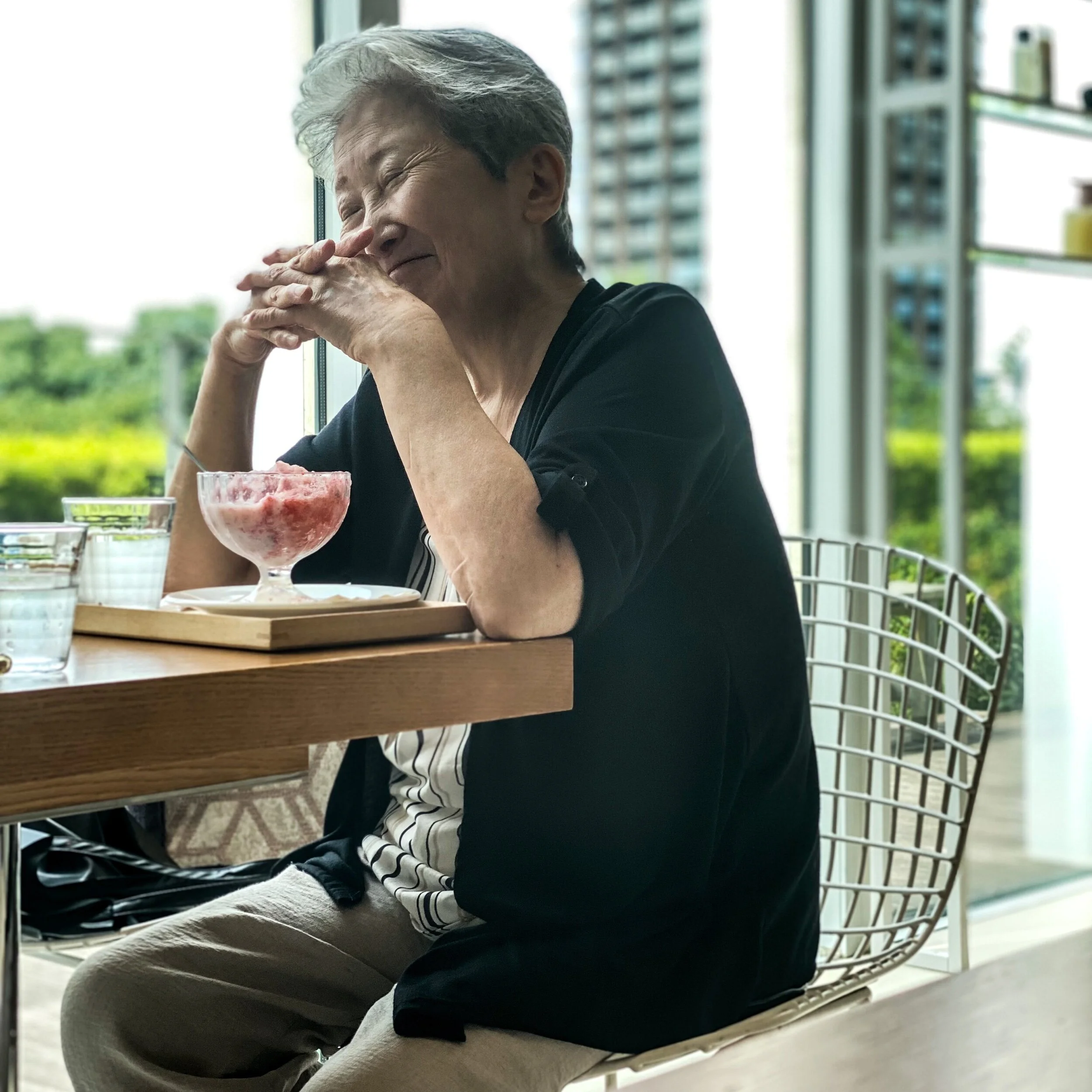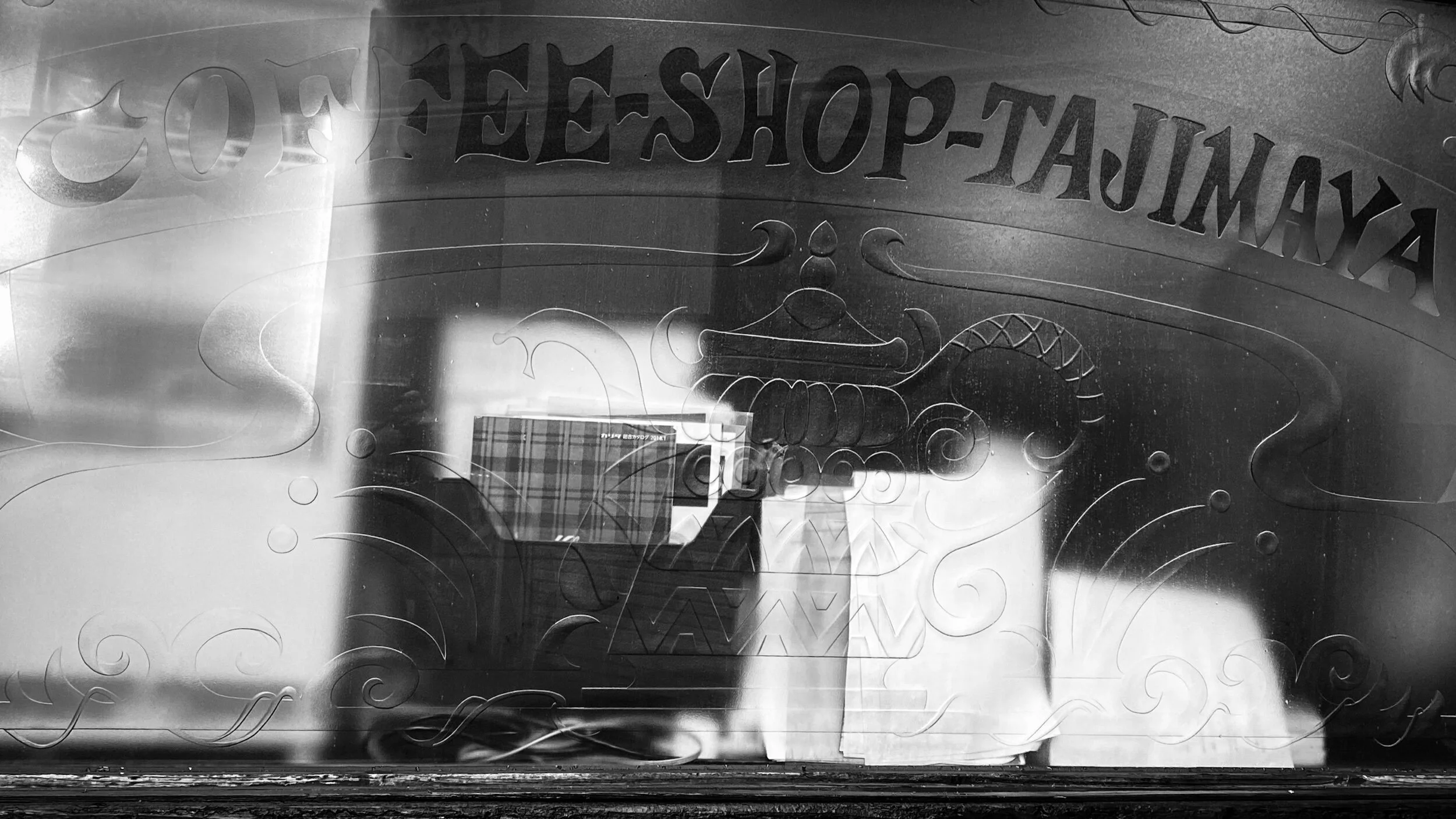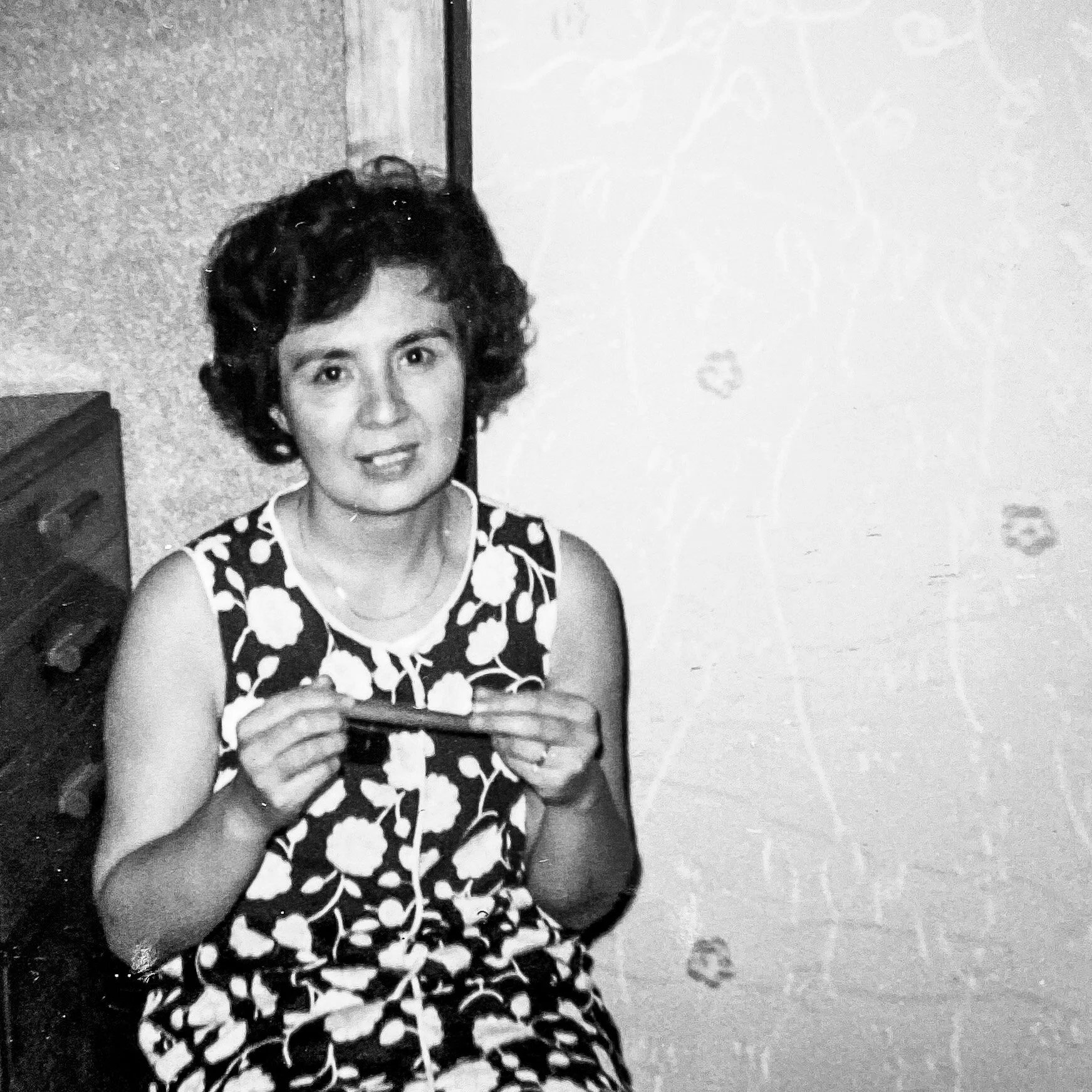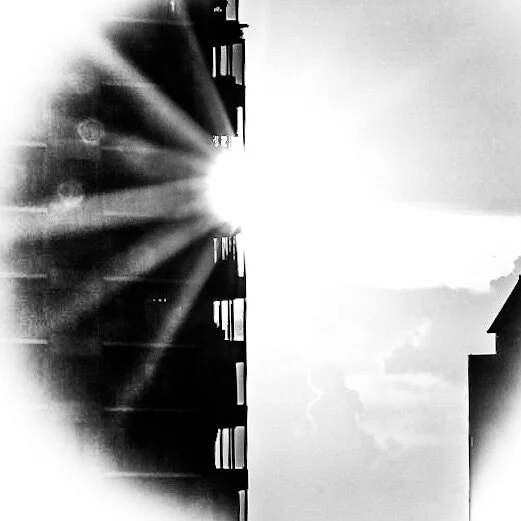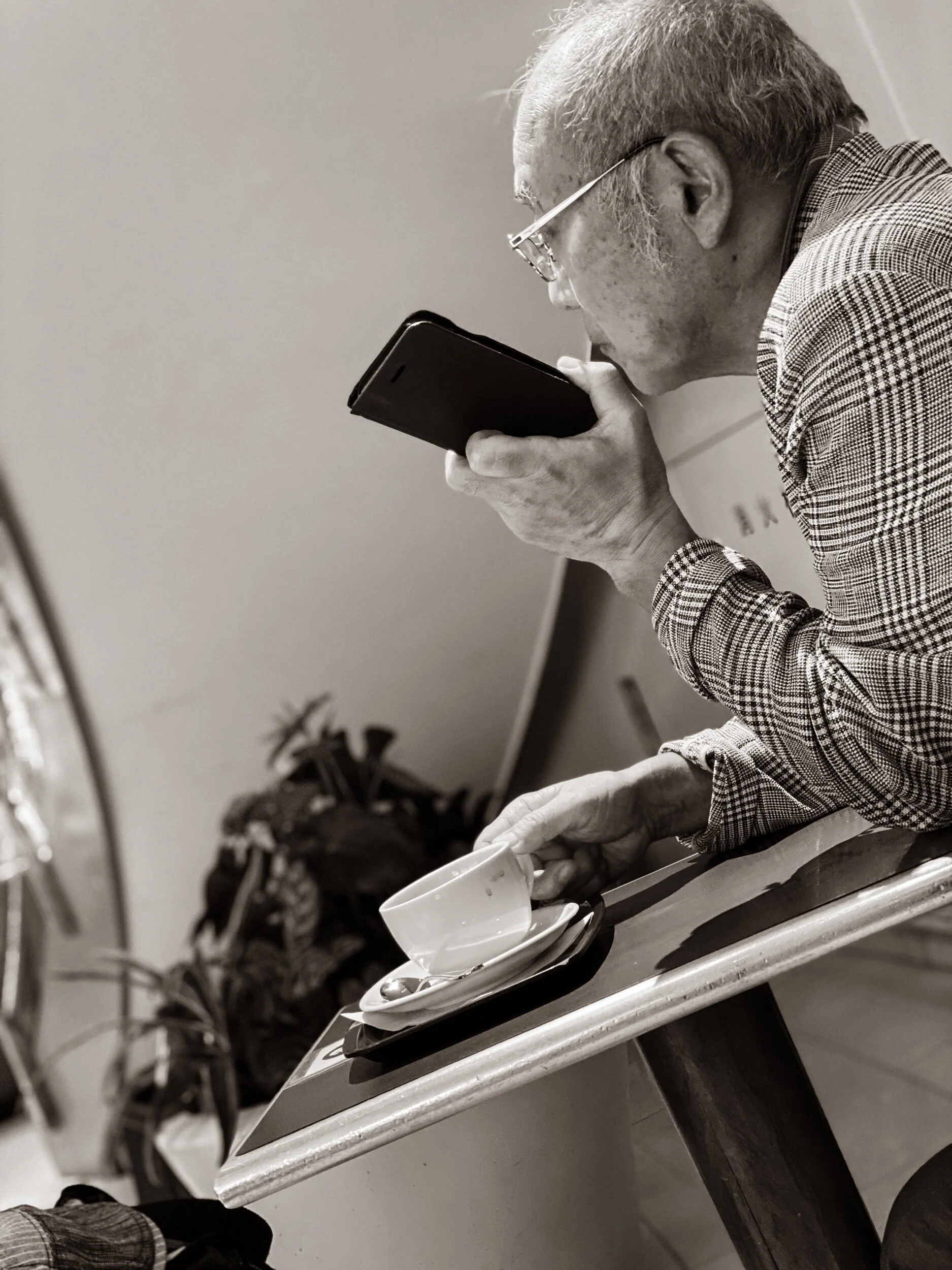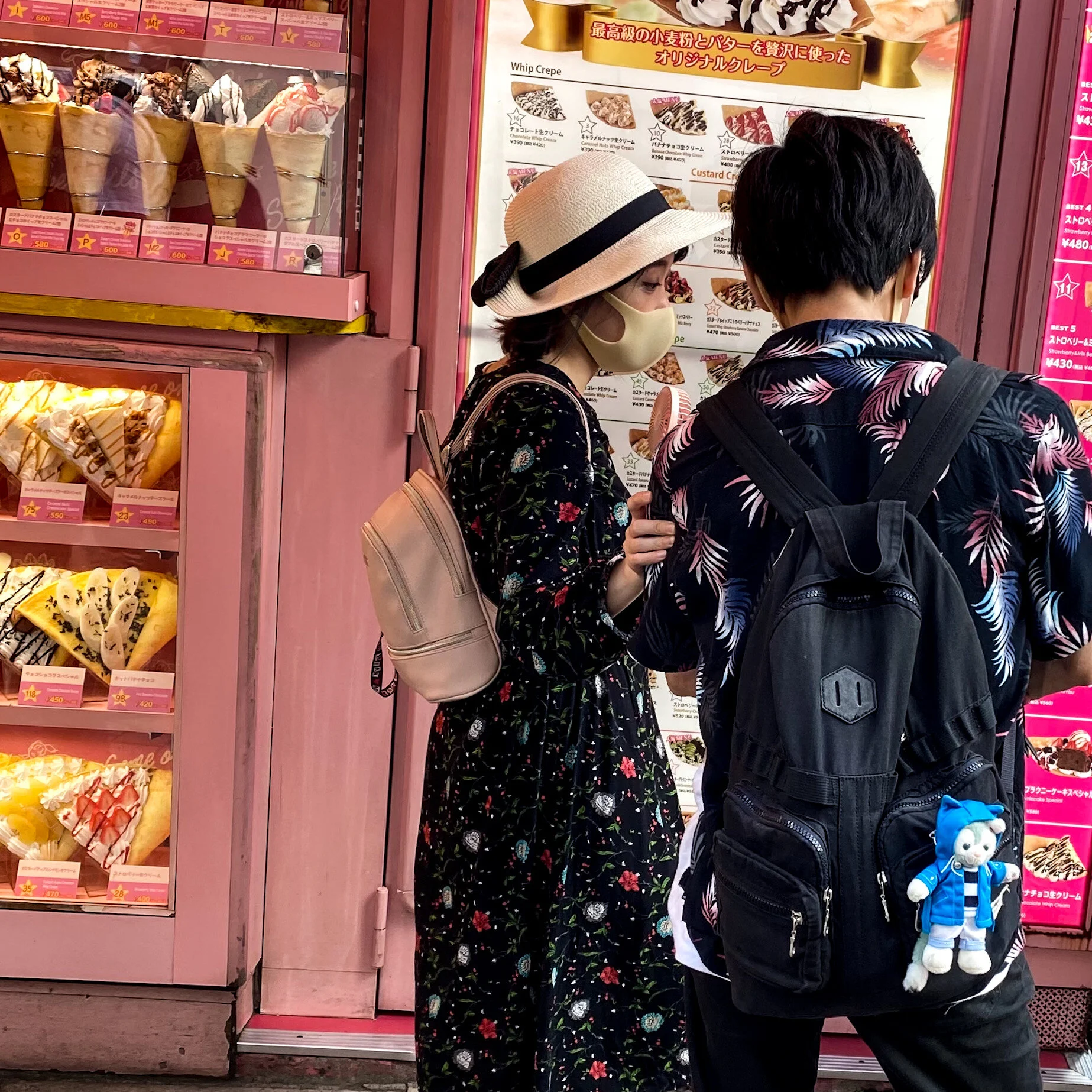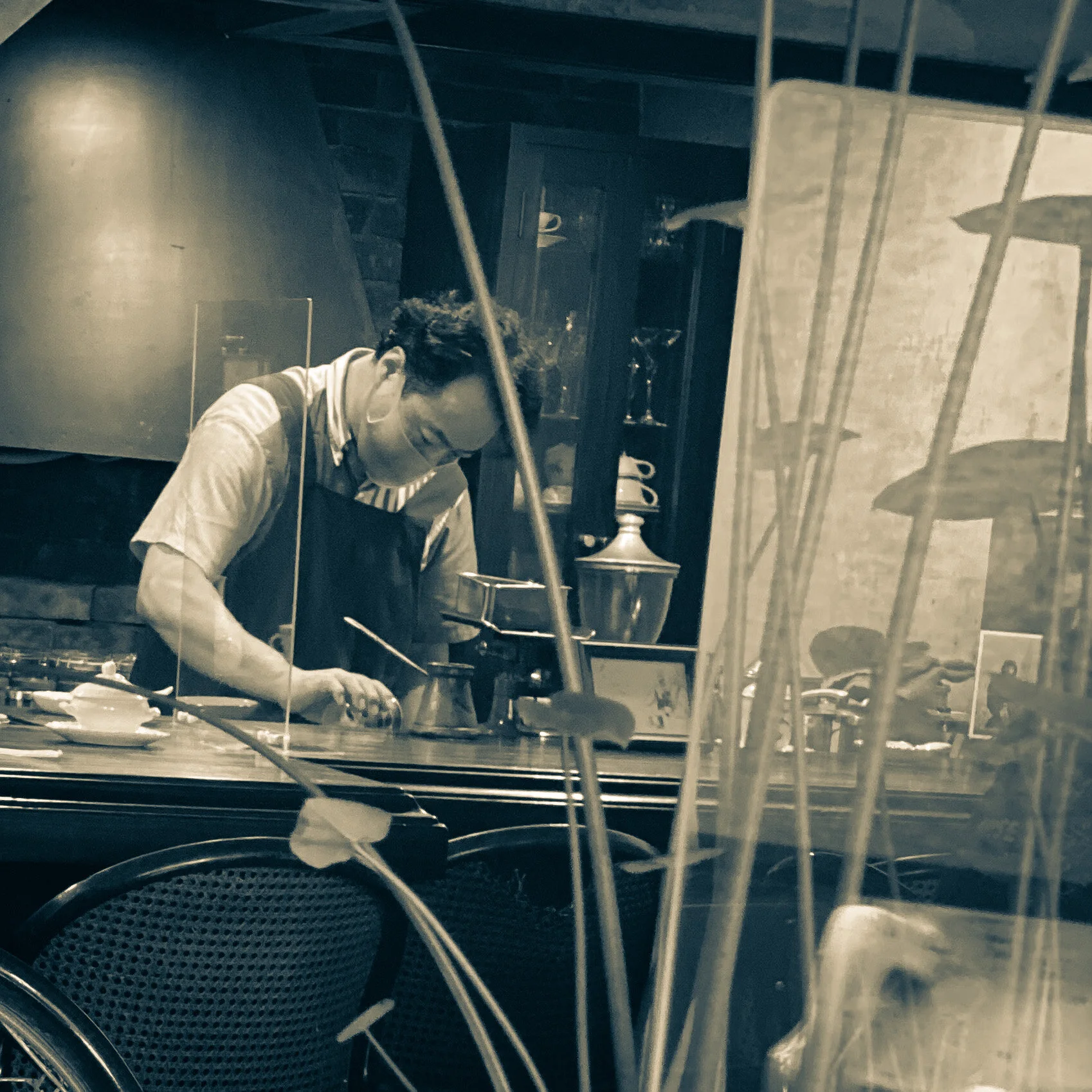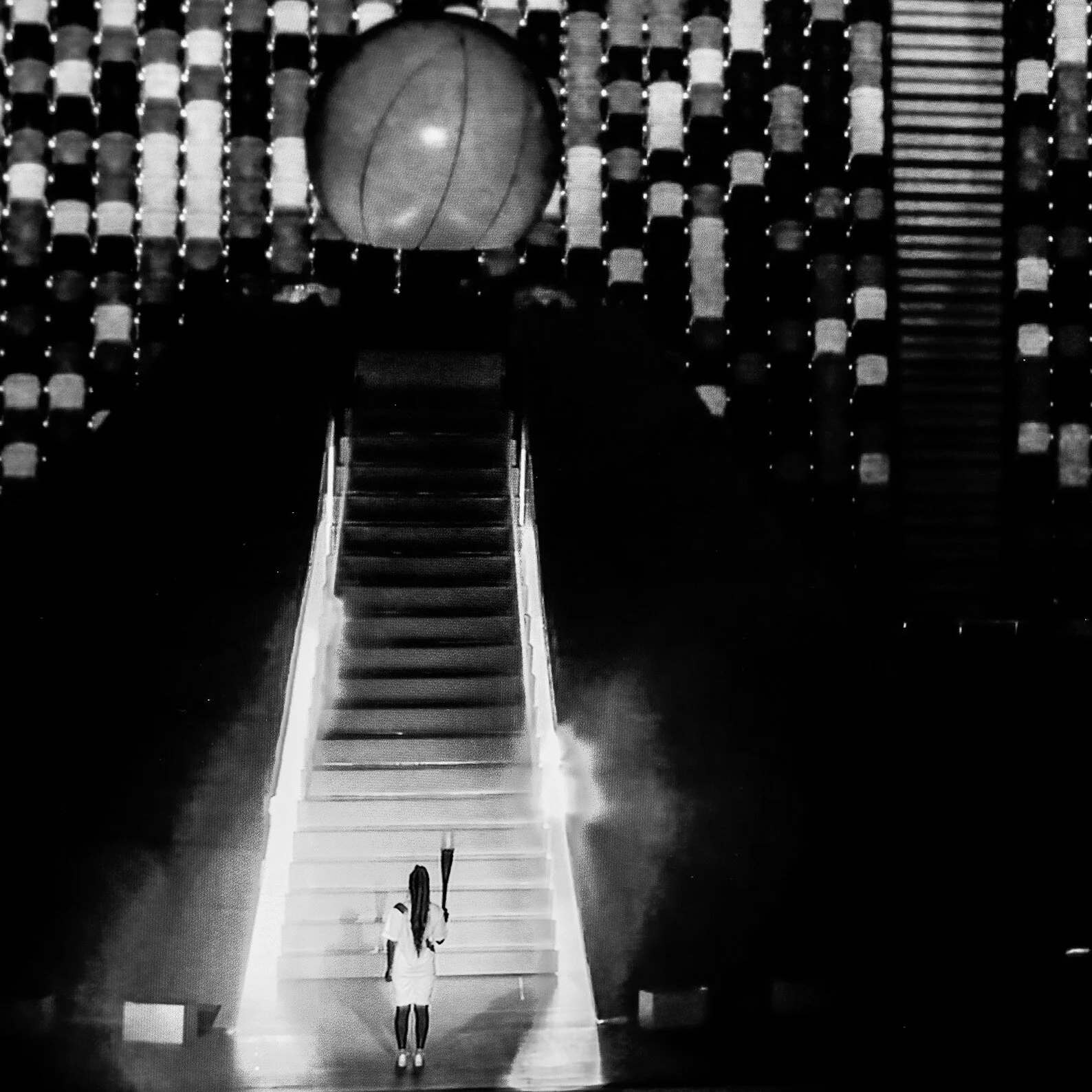mbfitzmahan. Harajuku, Tokyo, Japan. July 31, 2021.
Harajuku - how do I describe this area of Tokyo? With all the colors, lively looking shops, and lots of people, you’d think I would think it’s fun. For me, it felt kind of lonely. Artificial. Maybe trying-too-hard.
But, maybe these are also good descriptors for the teenagers and the vicenarians - which, interestingly, is the demographic of the crowds walking the streets of Harajuku.
Japanese culture is such a complicated thing. Like many things Japanese, there are two opposing sides to Japanese art.
Japanese art is aesthetically refined, simple, and authentic. It’s sense of beauty is connected to the profound and esoteric spirituality of Buddhism and Shintoism. It is a philosophy that embraces wabi and sabi, ma, shibui, and more.
And, Japanese art is excessive, loud, prosaic, hackneyed, and cliché. Which is connected to anime and manga. And Harajuku fashion.
My walk down this street in Harajuku gives me an opportunity to examine my reaction to this experience. I imagine that my strong response to this art movement arises from a lack of information and familiarity. Next study: the subcultures of Tokyo.
